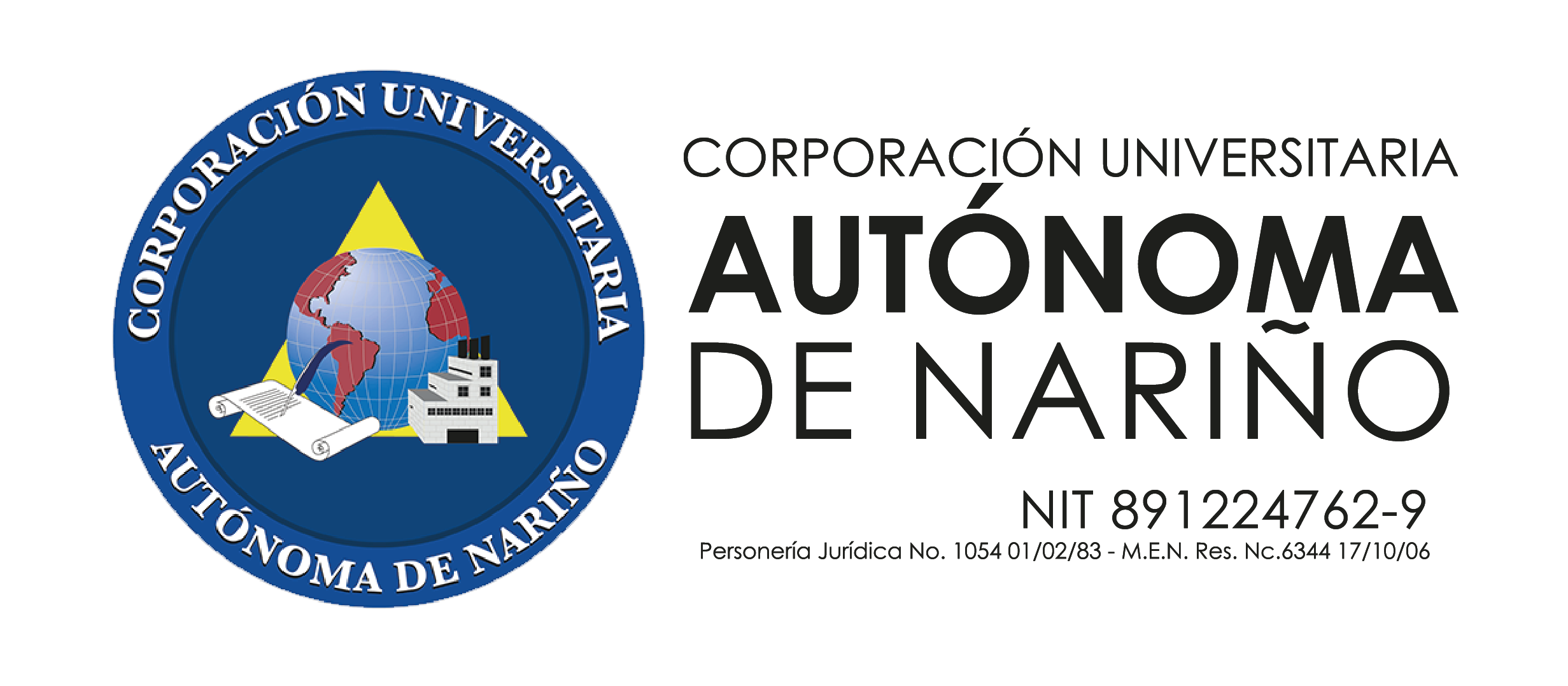Assessment of provision ecosystem services in peasant agroecosystems. Case: Sumapaz Province, Cundinamarca
DOI:
https://doi.org/10.47666/summa.4.1.15Keywords:
human well-being, water availability, ecosystem services, ecosystems, food securityAbstract
Provisioning ecosystem services (SSEE) are made up of potential benefits associated with ecosystem functions, which are defined in real services once they are demanded or enjoyed by peasant communities. Under this premise, the objective of the study characterizes and evaluates the perception that agricultural producers have regarding SSEE in the province of Sumapaz in Cundinamarca. In the methodology, a non-experimental, probabilistic, stratified study was carried out (Linares & Cohen, 2022), the information was collected through surveys and participatory methodologies in the period between June 2019 and June 2021. The results obtained show differences σ±1, indicating a high dispersion in the perception of services, however, family and productive stability generates a competitive advantage due to extensive knowledge of the area, the landscape, fertility conditions, plant cover, sources of water, the expressions of vegetation and animal behavior, obtained through several years of observation of the rural family, therefore, the topographic and climatic diversity of the Province offers important productive potentialities that, together with the characteristics and conditions of soils and abundant water resources, enable the development of agricultural activity and offer great andes benefits in terms of diversification. It is concluded that the SSEE in Sumapaz are linked to a high natural diversity, the water for consumption is captured from springs, rivers and intakes, the food production is destined for the food security of the population and the surpluses are marketable, however , there is illegal and indiscriminate logging, excessive grazing, followed by population growth and lack of sources of employment.
Downloads
References
[CAR] Corporación Autónoma Regional de Cundinamarca. (2016). Evaluación regional del agua. Cuenca del rio Sumapaz. Bogotá: CAR. http://sie.car.gov.co/handle/20.500.11786/36154
[FAO] Organización de las Naciones Unidas para la Alimentación y la Agricultura. (2010). Análisis de los sistemas de producción agrícola de las Provincias de Soacha y Sumapaz (Cundinamarca). Bogotá: FAO.
[IDEAM] Instituto de Hidrología, Meteorología y Estudios Ambientales. (2011). Estudio Nacional del Agua 2010, Bogotá: IDEAM
[INCODER] Instituto Colombiano de Desarrollo Rural. (2013). Plan de Desarrollo Sostenible Zona de Reserva Campesina de Cabrera (Cundinamarca). Bogotá: Instituto Latinoamericano para una Sociedad y un Derecho Alternativos.
[MEA] Millennium Ecosystem Assessment. (2003). Ecosystems and Human Well-being: A Framework for Assessment. Washington, D.C.: Island Press.
Albarracín-Zaidiza JA, Fonseca-Carreño NE & López-Vargas LH. (2019). Las prácticas agroecológicas como contribución a la sustentabilidad de los agroecosistemas. Caso provincia del Sumapaz. Revista Ciencia y Agricultura. 16(2): 39-55. doi: 10.19053/01228420.v16.n2.2019.9139
Altieri M & Nicholls C. (2012). Agroecología: única esperanza para la soberanía alimentaria y la resiliencia socioecológica. Agroecol. 7(2): 65-83. https://revistas.um.es/agroecologia/article/view/182861
Andrade HJ, Segura MA & Sierra E. (2017). Percepción local de los servicios ecosistémicos ofertados en fincas agropecuarias de la zona seca del norte del Tolima, Colombia. Rev. luna azul. (45): 42-58. doi:10.17151/luaz.2017.45.4
Carreño, N. E, & González, F. A. (2020). Propuesta metodológica para medir la sustentabilidad en agroecosistemas, a través del marco Mesmis. vances en Investigación científica, 1197. http://www.doi.org/10.47666/avances.inv.2
Carreño, N. E. (2021). Hass avocado: value chain to contribute to the competitiveness of silvania in cundinamarca Colombia. In Vestigium Ire, 15(1), 49-71. http://revistas.ustatunja.edu.co/index.php/ivestigium/article/view/2372
Castañeda A. (2013). Diseño de una metodología para evaluar el estado de los servicios ecosistémico. [Tesis]. [Bogotá]: Universidad Militar Nueva Granada. https://repository.unimilitar.edu.co/handle/10654/10960
Costanza R, De Groot R, Braat L, Kubiszewski I, Fioramonti L, Sutton P, Farber S &Grasso M. (2017). Twenty years of ecosystem services: How far have we come and how far do we still need to go? Ecosyst. Serv. 28 (Part A): 1–16. doi: 10.1016/j. ecoser.2017.09.008
De Groot R, Alkemade R, Braat L, Hein L & Willemen L. (2010). Challenges in integrating the concept of ecosystem services and values in landscape planning, management and decision-making. Ecol. Complex. 7(3): 260-272. doi:10.1016/j.ecocom.2009.10.006
Espejo, M. R. (2017). Estimación de la desviación estándar. Estadística Española, 59(192), 37-44. https://www.researchgate.net/profile/Mariano-Ruiz-Espejo/publication/319332721_Estimacion_de_la_desviacion_estandar/links/59a589beaca272895c14495c/Estimacion-de-la-desviacion-estandar.pdf
Fonseca Carreño, N. E. (2021). Caracterización socioeconómica y biofísica de agroecosistemas en el municipio de Pasca en la provincia del Sumapaz-Cundinamarca. Revista Científica Profundidad Construyendo Futuro, 14(14), 2–13. https://doi.org/10.22463/24221783.3159
Franco, D., Romero, M., & Martínez, J. (2019). Principales obstáculos para el desarrollo sostenible en los agronegocios lácticos. SUMMA. Revista disciplinaria en ciencias económicas y sociales, 1(1), 107-117. https://aunarcali.edu.co/revistas/index.php/RDCES/article/view/60
Geilfús. (2002). 80 Herramientas para el Desarrollo Participativo. http://www.corporacionpba.org/irp/herramientas/Etapa_I/punto_de_partida/paso2_drp/80_herramientas.pdf
Gordón-Mendoza, R., & Camargo-Buitrago, I. (2015). Selección de estadísticos para la estimación de la precisión experimental en ensayos de maíz. Agronomía Mesoamericana, 26(1), 56-63. http://www.scielo.sa.cr/scielo.php?script=sci_arttext&pid=S1659-13212015000100006&lng=en&tlng=es.
Linares Morales, J., & Cohen Granados, J. (2022). Turismo inteligente y cultura de innovación en empresas hoteleras de Santa Marta, Colombia. SUMMA. Revista Disciplinaria En Ciencias económicas Y Sociales, 4(1), 1-12. https://doi.org/10.47666/summa.4.1.12
Machado. V., & Ríos. O. (2016). Sostenibilidad en agroecosistemas de café de pequeños agricultores: revisión sistemática. IDESIA. 34(2), 5-23. http://dx.doi.org/10.4067/S0718-34292016005000002
Mayorga, C., Cornejo, H. P., & Treggiari, F. (2017). El rol de la mujer indígena mapuche en la preservación de recursos genéticos y conocimientos tradicionales asociados. Un análisis jurídico desde la perspectiva de género. Jurídicas, 14(2), 29-45. doi: 10.17151/jurid.2017.14.2.3. Doi: 10.17151/jurid.2017.14.2.3.
Molina-Murillo S. (2017). ¿Son las fincas agroecológicas resilientes? Algunos resultados utilizando la herramienta SHARP-FAO en Costa Rica. Ingeniería 27(2): 25-39. doi: 10.15517/RI.V27I2.27859
Motta, P. A., & Ocaña, H. E. (2018). Caracterización de subsistemas de pasturas braquiarias en hatos de trópico húmedo, Caquetá, Colombia. Revista Ciencia y Agricultura, 15(1), 81-92 https://doi.org/10.19053/01228420.v15.n1.2018.7759
Nicholls, C., Henao, A., & Altieri, M. (2015). Agroecología y el diseño de sistemas agrícolas resilientes al cambio climático. Agroecología, 10(1), 7-31. https://revistas.um.es/agroecologia/article/view/300711
Raigón, M. (2014). La alimentación ecológica: cuestión de calidad. Leisa. Revista de Agroecología. 430:10-2. http://hdl.handle.net/10251/78799
Ruíz-Ramírez, J. (2010). Eficiencia relativa y calidad de los experimentos de fertilización en el cultivo de caña de azúcar. Terra Latinoamericana, 28(2), 149-154. http://www.scielo.org.mx/pdf/tl/v28n2/v28n2a6.pdf
Vargas O, Premauer J, & Cárdenas C. 2002. Efectos del pastoreo sobre la estructura de la vegetación en un páramo húmedo de Colombia. Ecotrópicos 15(1): 35-50. http://www.saber.ula.ve/bitstream/handle/123456789/25543/articulo3.pdf;jsessionid=BF9877542926C401CD5E70D74458F6C0?sequence=1
Vázquez L, & Martínez H. 2015. Propuesta metodológica para la evaluación del proceso de reconversión agroecológica. Agroecología, 10(1): 33-47. https://revistas.um.es/agroecologia/article/view/300721
Winckler, J. S., & Pantoja, G. D. C. (2019). Agua como recurso estratégico: Desafíos para Chile en un escenario de cambio global. Revista Política y Estrategia, (134), 55-92. https://www.redalyc.org/pdf/461/46120203.pdf








